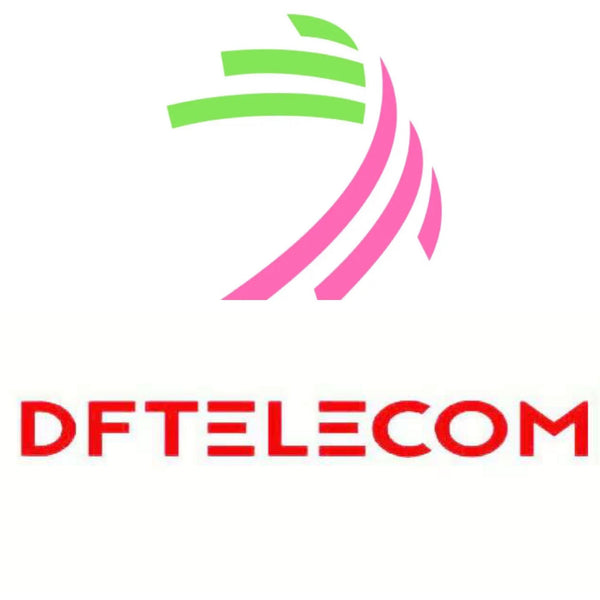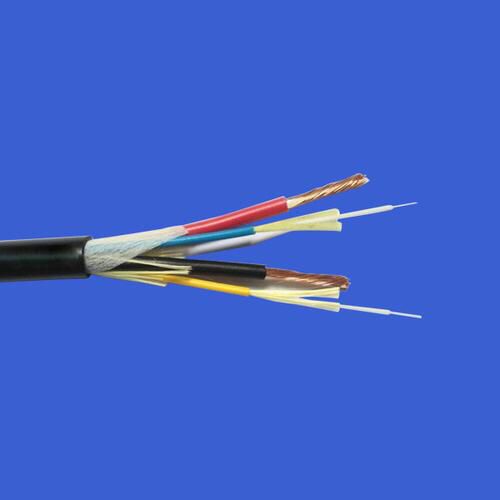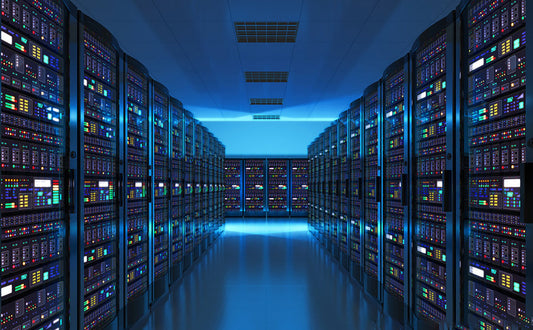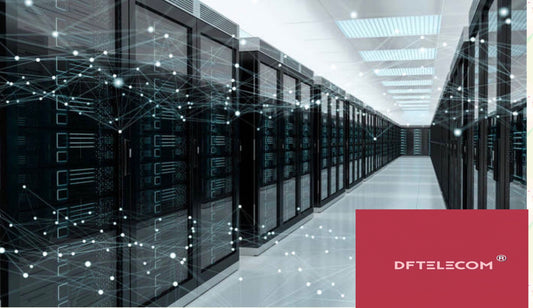As the digital age advances, the demands on data centers for energy efficiency and environmental sustainability are becoming more pressing. Data centres must become greener and more sustainable to meet these growing needs. Fiber optic cabling has emerged as a critical technology in achieving the goals of a sustainable data center. This article explores how fiber optic cabling can reduce energy consumption, lower carbon emissions, decrease cooling requirements, and more, driving the sustainable development of data centers.
The Growing Need for Sustainable Data Centers
With the fast growth of digital technology, data centers have become a crucial part of our modern world. They handle and store large amounts of data for the Internet, cloud services, IoT, and other digital services behind the scenes. However, traditional data centers often face energy inefficiency and environmental issues. They consume large amounts of power for operations and cooling, producing high energy costs and carbon emissions. This underscores the urgent need for sustainable data centers and green technologies. In this context, developing green IT data centers is becoming increasingly crucial.
A sustainable data center is designed to minimize environmental impact while ensuring efficient operations. It optimizes energy usage, reduces carbon emissions, and utilizes renewable resources. Sustainable and green data centers implement technologies and practices that reduce waste, conserve water, and promote energy efficiency throughout their lifecycle.
Benefits of Fiber Optic Cabling for Sustainable Data Centers
Data centers require significant energy to power servers and cooling systems, leading to higher costs and a larger environmental impact. Fiber optic cabling helps address these challenges and build sustainable data centers by offering energy-efficient solutions and high-performance data transmission, reducing overall energy usage while maintaining optimal network performance.
Energy Saving and Efficient Operation
Less Cooling Needed: Fiber optic cabling generates much less heat than copper cabling, reducing reliance on cooling systems. Cooling equipment is often the largest source of energy consumption in data centers, and fiber's low heat output helps cut down on cooling costs.
Lower Energy Consumption: Fiber optic cabling uses light signals to transmit data, reducing signal loss and energy wastage compared to copper cabling. This eliminates the need for power amplifiers or repeaters in long-distance transmission, lowering energy consumption. With fast data transfer and wide bandwidth, fiber optics support large data transfers with minimal energy use, allowing data centers to handle more tasks efficiently and promote sustainability.
Environmental Friendly and Sustainability
Reduce Carbon Footprint: Optical fiber produces approximately 2.3 kg CO2eq/km, which is significantly lower than the 14 kg CO2eq/km generated by two 0.5 mm copper wires. With a carbon footprint nearly six times smaller, fiber offers a more eco-friendly data center cabling solution.
Eco-Friendly Manufacturing: Fiber optic cables are made from abundant silica, extracted from sand with minimal environmental impact. In contrast, copper mining causes habitat destruction, soil erosion, and water pollution, while copper refining is energy-intensive. This makes fiber a greener alternative to copper cabling.
Durability and Economic Effects
Durability and Longevity: Fiber optic cabling is more durable than copper, offering better resistance to environmental factors such as moisture and temperature changes. Unlike copper, fiber is immune to corrosion and electromagnetic interference, reducing the risk of damage and minimizing the need for frequent replacements. This extended lifespan makes fiber a more sustainable option.
Economic Benefits: Fiber optic cabling's long lifespan and reduced maintenance needs contribute to lower overall costs. By decreasing the frequency of replacements and repairs, fiber systems provide long-term economic benefits, making them a cost-effective solution for data centers and enterprises.
How Fiber Optic Cabling Supports Sustainable Data Center Development
Building a sustainable data center requires efficient resource management and eco-friendly design choices. Fiber optic cabling is important in improving network performance while reducing environmental impact. Through durable materials, optimized airflow solutions, and modular designs, fiber cabling solutions help data centers operate more efficiently and sustainably.
High-Quality Fiber Patch Cables for Longevity
High-quality fiber patch cables contribute significantly to a sustainable data center. Their tight-buffered design protects the fiber core, enhancing durability and reducing the need for frequent replacements, which minimizes waste. Premium cable components reduce optical loss, improving energy efficiency and supporting stable transmission. Bend-insensitive fibers enable tighter bends during cabling, maximizing space utilization while maintaining low signal loss. Additionally, high-precision zirconia ceramic ferrules ensure long service life, strong stability, and good interchangeability, further reducing maintenance needs and promoting a green data center.

Blanking Fiber Adapter Panel for Improved Cooling Efficiency
In a sustainable data center, unoccupied spaces in fiber enclosures can disrupt airflow, causing hot air to recirculate and increasing cooling demands. Installing blanking fiber adapter panels effectively blocks these gaps, optimizing airflow and reducing energy consumption. By maintaining stable temperatures with less power, data centers can significantly lower their carbon footprint. When used with FHD® fiber enclosures, these blank panels also reserve space for future expansions while keeping the layout organized, further improving cooling efficiency and supporting eco-friendly data center design.

Conclusion
Fiber optic cabling is essential for building a sustainable and green data center. It offers energy-efficient data transmission, reduced cooling demands, and minimal material waste. Solutions like high-quality fiber patch cables, blanking fiber optic panels, and modular cabling systems enhance efficiency by improving airflow, extending equipment lifespan, and reducing maintenance needs. DFT provides comprehensive data center cabling solutions designed to support eco-friendly data center operations while ensuring reliable network performance.






